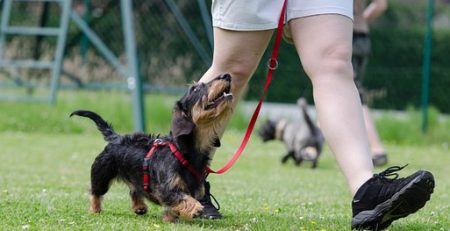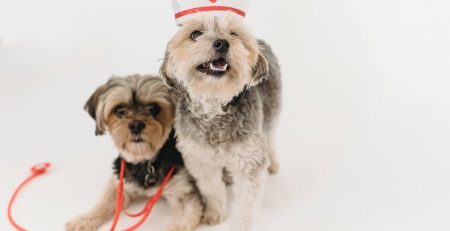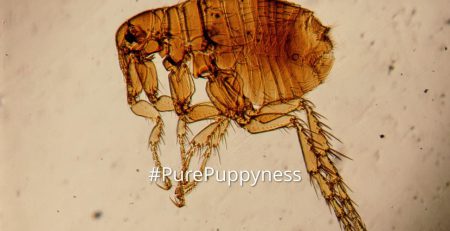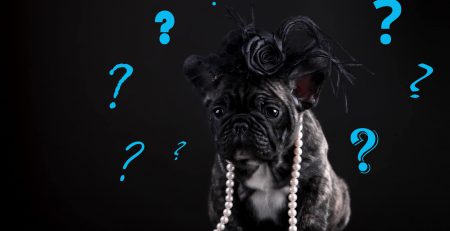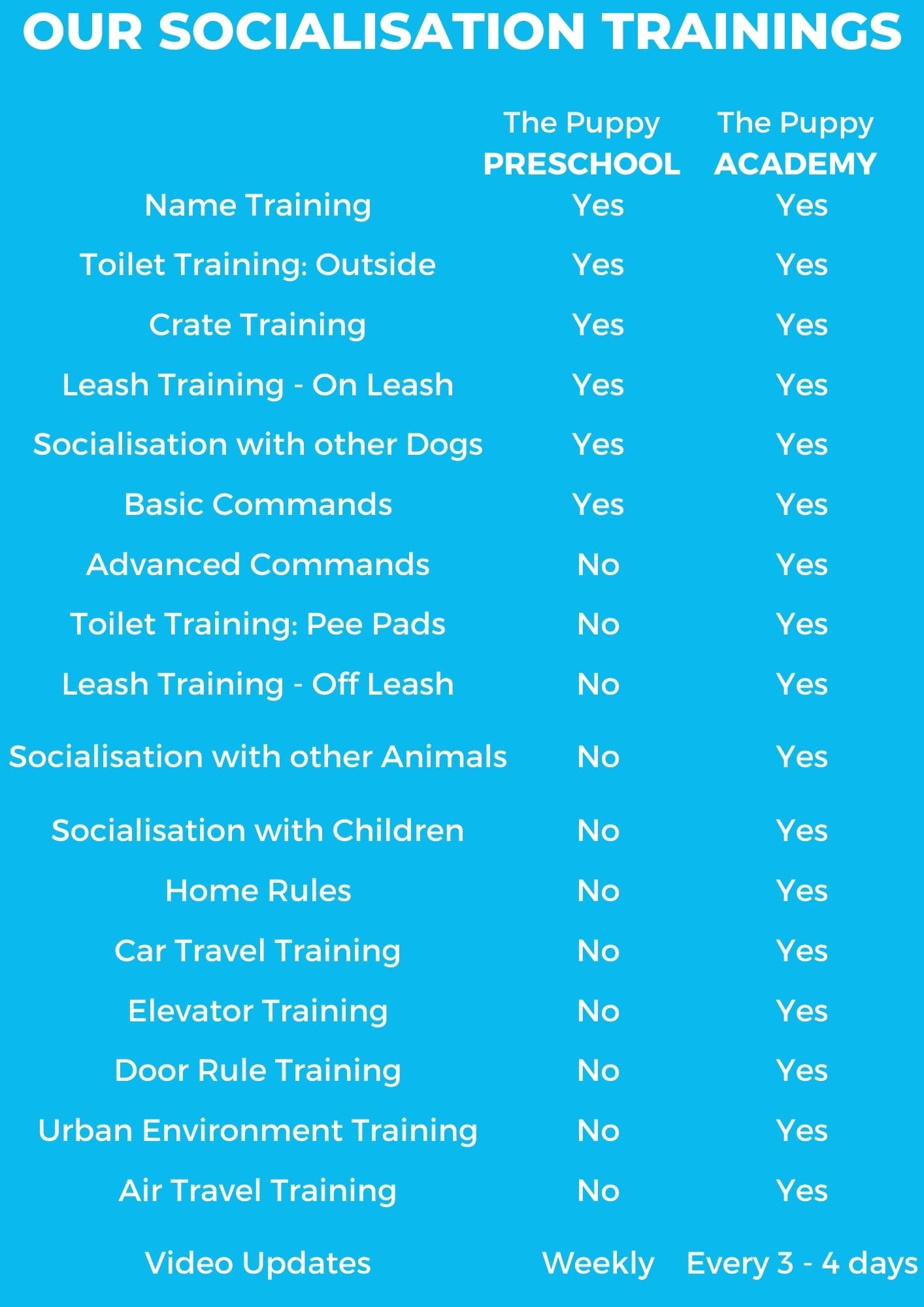Teething Time
We’ve written about why dogs chew before, but the topic of teething deserves its own article. All puppies go through it, leaving many casualties behind them in the form of shredded shoes or well gnawed table legs. These tiny teething terrors leave many owners in despair, but there is a light at the end of the tunnel: teething does not last forever, and if you follow our advice, you can make this a much less stressful (and hopefully less costly) time for both you and your growing dog.
What is teething?
Puppies have 28 tiny milk teeth. These little teeth will all have grown in by the time a puppy is around two months old. As the puppy continues to grow, slowly he or she will start to develop 42 permanent adult teeth. We call this process teething.
How long does teething last?
Teething starts when a puppy is between three to four months old, and should be completed by the time they are six to seven months old.
You’ll bring your puppy home at around 8 weeks old: by this time they should have all their baby teeth and will be able to eat solid food. When your puppy is between 12 to 16 weeks old, they will start to lose their baby teeth. You might find a few loose teeth around the house at this time.
The Troubles of Teething
Teething can be uncomfortable for a puppy. Losing and grow teeth can hurt, and puppies try to relieve the pain by chewing on anything they can reach. Puppies will often nibble furniture, shoes, and even your hands!
Part of this is normal puppy behaviour: they simply don’t know what they are allowed to play with or chew on. The other part of this behaviour is the puppy trying to make their mouth feel more comfortable. Shoes and furniture legs are common targets because they are easier for a puppy to reach.
You may also notice that your puppy’s gums are a little pinker than normal, and may find drool or spots of blood on things your puppy has chewed. This is fairly normal for a teething puppy. If your puppy drools or bleeds a lot, call your vet for advice.
Our Tips
- Move items you don’t want chewed out of your puppy’s reach! This should include shoes, bags, clothes, and electrical wires.
- Give your puppy something that he or she is allowed to chew on. There are a lot of chew toys on the market. Kongs are a popular choice: they are made of a resistant pet-safe rubber, and can be filled with treats. If you see your puppy chewing on something they shouldn’t, offer them a chew toy instead. Offer praise when the puppy chews on an appropriate treat or toy. Check on your puppy’s toys often to make sure that fibre or stuffing isn’t falling out: you don’t want your puppy swallowing it.
- You can use a baby-gate to stop your puppy getting into certain parts of your home. You can remove the gates once your puppy is less likely to chew on various items. You can also crate train your puppy to stop him/her chewing things when you are out of the house.
- If your puppy nips or chews on you, calmly walk away. Ignore them for a little while. Your puppy will soon learn that nipping or chewing on people means being ignored. This will discourage the unwanted behaviour. You can also yelp when your puppy nips you, but some dogs may get over-exciting by the sound.
- Provide proper nutrition. If your puppy is eating a properly formulated diet, supplements should not be necessary. Good nutrition will help your puppy’s teeth to develop and grow properly.
- Ease your puppy’s pain by offering a cold or frozen treat. The cold can help to relieve pain and discomfort. You can give cold carrots, or frozen fruits (banana and strawberry are good options). If your puppy has a sensitive stomach, instead of food, you can offer a frozen cloth: dampen the cloth, twist and freeze it. Once frozen, you can let your puppy chew on it.
- Do not give any painkillers such as Paracetomol. These can be very dangerous for dogs. You should also avoid giving your puppy oils or herbs, as these are not always safe for dogs. If you are worried that your dog is in pain, ask your vet for advice.
- Do not give your puppy ice cubes. Crunching on ice cubes can damage a puppy’s teeth.
- Get your puppy used to having their mouth and teeth handled. Start slowly and always praise your puppy. When your dog’s adult teeth comes in, it’s a good idea to brush and clean them. If you get your puppy used to having their teeth handled from a young age, this will be a much easier task.
- Keep providing chew toys as your dog ages. A lot of adult dogs love to chew, so give them some nice chew toys and treats. Chewing can also help to clean your dog’s teeth.



